Ransalu Senanayake
Strategic Vantage Selection for Learning Viewpoint-Agnostic Manipulation Policies
Jun 13, 2025Abstract:Vision-based manipulation has shown remarkable success, achieving promising performance across a range of tasks. However, these manipulation policies often fail to generalize beyond their training viewpoints, which is a persistent challenge in achieving perspective-agnostic manipulation, especially in settings where the camera is expected to move at runtime. Although collecting data from many angles seems a natural solution, such a naive approach is both resource-intensive and degrades manipulation policy performance due to excessive and unstructured visual diversity. This paper proposes Vantage, a framework that systematically identifies and integrates data from optimal perspectives to train robust, viewpoint-agnostic policies. By formulating viewpoint selection as a continuous optimization problem, we iteratively fine-tune policies on a few vantage points. Since we leverage Bayesian optimization to efficiently navigate the infinite space of potential camera configurations, we are able to balance exploration of novel views and exploitation of high-performing ones, thereby ensuring data collection from a minimal number of effective viewpoints. We empirically evaluate this framework on diverse standard manipulation tasks using multiple policy learning methods, demonstrating that fine-tuning with data from strategic camera placements yields substantial performance gains, achieving average improvements of up to 46.19% when compared to fixed, random, or heuristic-based strategies.
Consistency-based Abductive Reasoning over Perceptual Errors of Multiple Pre-trained Models in Novel Environments
May 25, 2025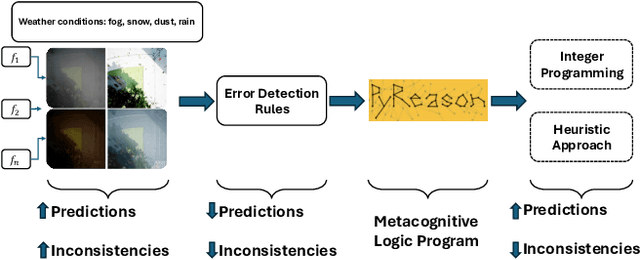
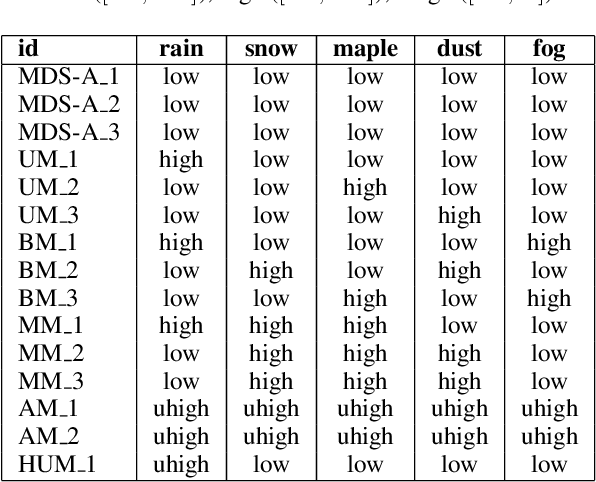
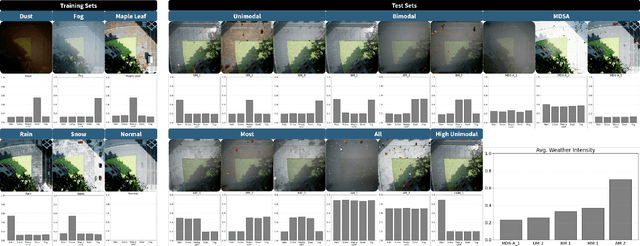
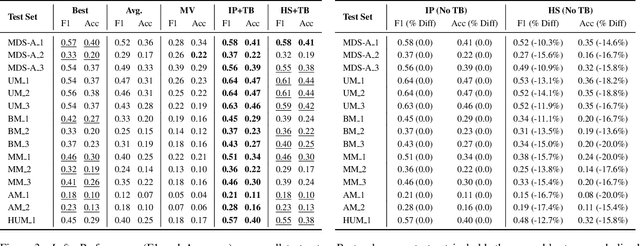
Abstract:The deployment of pre-trained perception models in novel environments often leads to performance degradation due to distributional shifts. Although recent artificial intelligence approaches for metacognition use logical rules to characterize and filter model errors, improving precision often comes at the cost of reduced recall. This paper addresses the hypothesis that leveraging multiple pre-trained models can mitigate this recall reduction. We formulate the challenge of identifying and managing conflicting predictions from various models as a consistency-based abduction problem. The input predictions and the learned error detection rules derived from each model are encoded in a logic program. We then seek an abductive explanation--a subset of model predictions--that maximizes prediction coverage while ensuring the rate of logical inconsistencies (derived from domain constraints) remains below a specified threshold. We propose two algorithms for this knowledge representation task: an exact method based on Integer Programming (IP) and an efficient Heuristic Search (HS). Through extensive experiments on a simulated aerial imagery dataset featuring controlled, complex distributional shifts, we demonstrate that our abduction-based framework outperforms individual models and standard ensemble baselines, achieving, for instance, average relative improvements of approximately 13.6% in F1-score and 16.6% in accuracy across 15 diverse test datasets when compared to the best individual model. Our results validate the use of consistency-based abduction as an effective mechanism to robustly integrate knowledge from multiple imperfect reasoners in challenging, novel scenarios.
VLC Fusion: Vision-Language Conditioned Sensor Fusion for Robust Object Detection
May 19, 2025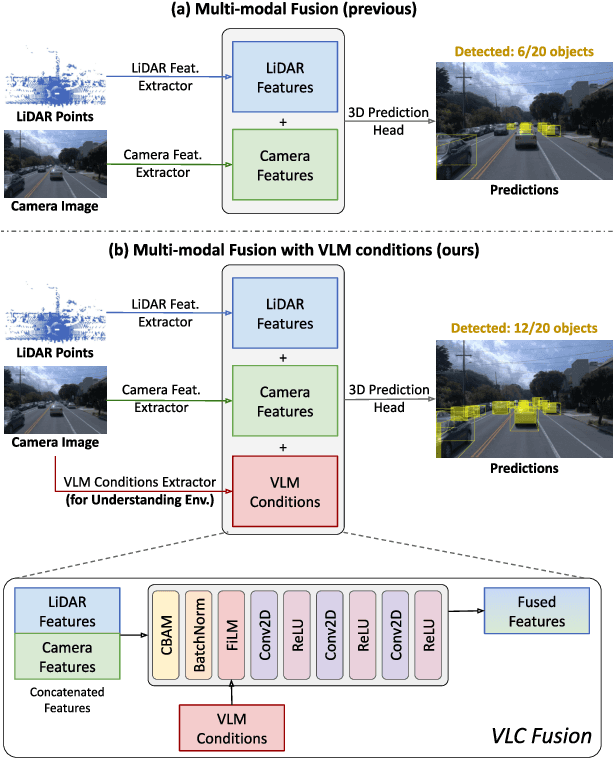

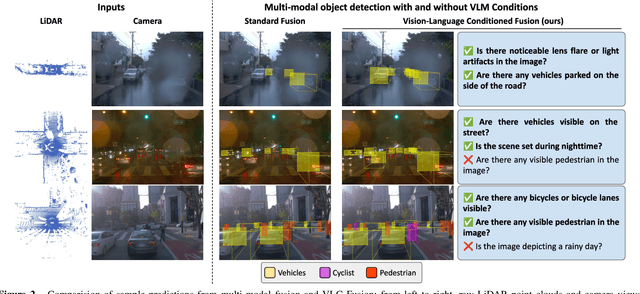
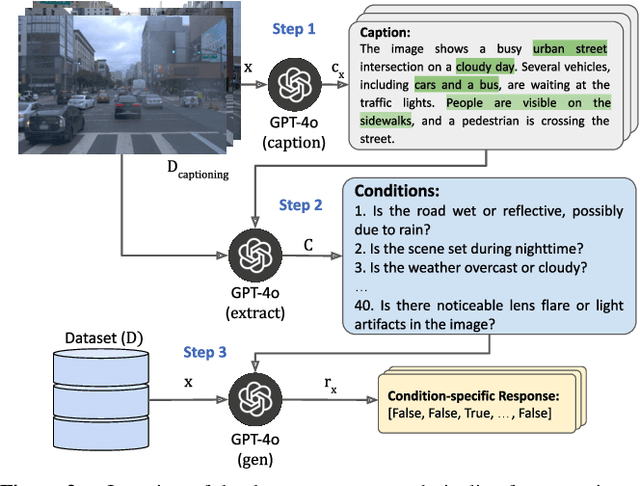
Abstract:Although fusing multiple sensor modalities can enhance object detection performance, existing fusion approaches often overlook subtle variations in environmental conditions and sensor inputs. As a result, they struggle to adaptively weight each modality under such variations. To address this challenge, we introduce Vision-Language Conditioned Fusion (VLC Fusion), a novel fusion framework that leverages a Vision-Language Model (VLM) to condition the fusion process on nuanced environmental cues. By capturing high-level environmental context such as as darkness, rain, and camera blurring, the VLM guides the model to dynamically adjust modality weights based on the current scene. We evaluate VLC Fusion on real-world autonomous driving and military target detection datasets that include image, LIDAR, and mid-wave infrared modalities. Our experiments show that VLC Fusion consistently outperforms conventional fusion baselines, achieving improved detection accuracy in both seen and unseen scenarios.
Multiple Distribution Shift -- Aerial (MDS-A): A Dataset for Test-Time Error Detection and Model Adaptation
Feb 18, 2025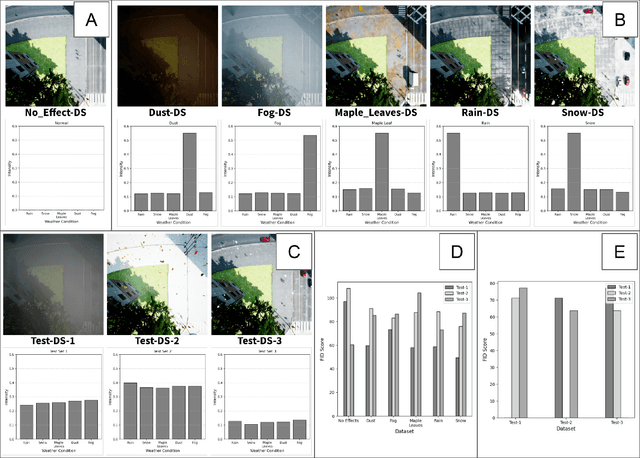
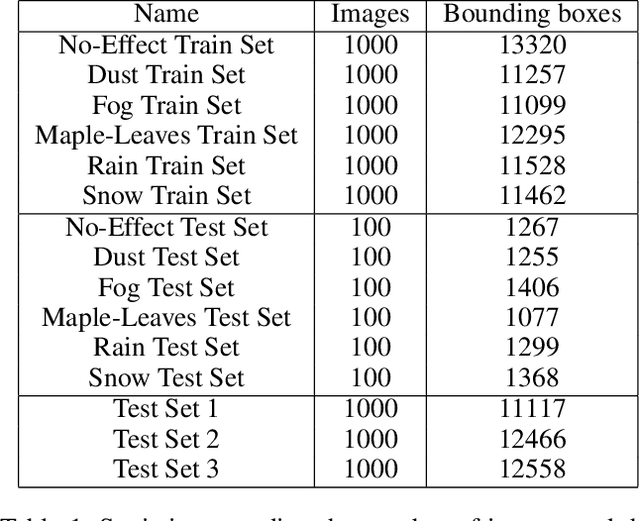

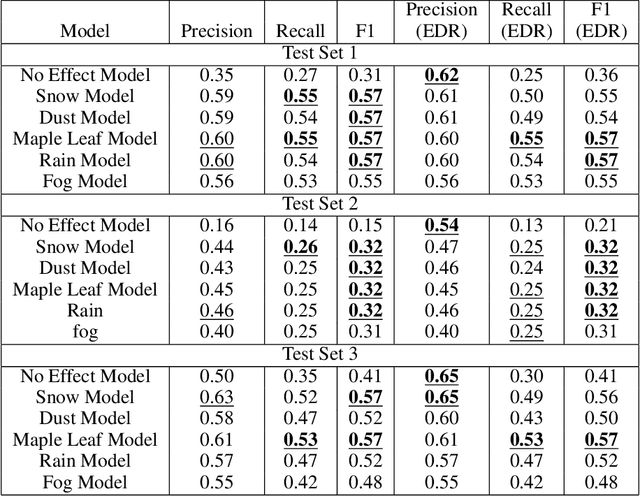
Abstract:Machine learning models assume that training and test samples are drawn from the same distribution. As such, significant differences between training and test distributions often lead to degradations in performance. We introduce Multiple Distribution Shift -- Aerial (MDS-A) -- a collection of inter-related datasets of the same aerial domain that are perturbed in different ways to better characterize the effects of out-of-distribution performance. Specifically, MDS-A is a set of simulated aerial datasets collected under different weather conditions. We include six datasets under different simulated weather conditions along with six baseline object-detection models, as well as several test datasets that are a mix of weather conditions that we show have significant differences from the training data. In this paper, we present characterizations of MDS-A, provide performance results for the baseline machine learning models (on both their specific training datasets and the test data), as well as results of the baselines after employing recent knowledge-engineering error-detection techniques (EDR) thought to improve out-of-distribution performance. The dataset is available at https://lab-v2.github.io/mdsa-dataset-website.
MoSH: Modeling Multi-Objective Tradeoffs with Soft and Hard Bounds
Dec 09, 2024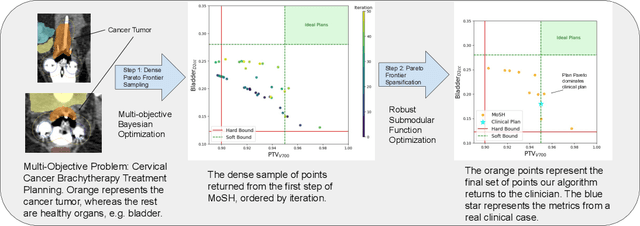
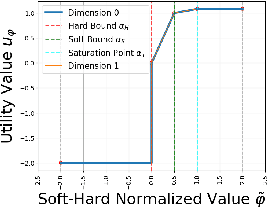

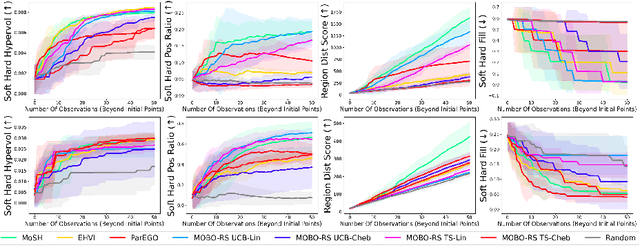
Abstract:Countless science and engineering applications in multi-objective optimization (MOO) necessitate that decision-makers (DMs) select a Pareto-optimal solution which aligns with their preferences. Evaluating individual solutions is often expensive, necessitating cost-sensitive optimization techniques. Due to competing objectives, the space of trade-offs is also expansive -- thus, examining the full Pareto frontier may prove overwhelming to a DM. Such real-world settings generally have loosely-defined and context-specific desirable regions for each objective function that can aid in constraining the search over the Pareto frontier. We introduce a novel conceptual framework that operationalizes these priors using soft-hard functions, SHFs, which allow for the DM to intuitively impose soft and hard bounds on each objective -- which has been lacking in previous MOO frameworks. Leveraging a novel minimax formulation for Pareto frontier sampling, we propose a two-step process for obtaining a compact set of Pareto-optimal points which respect the user-defined soft and hard bounds: (1) densely sample the Pareto frontier using Bayesian optimization, and (2) sparsify the selected set to surface to the user, using robust submodular function optimization. We prove that (2) obtains the optimal compact Pareto-optimal set of points from (1). We further show that many practical problems fit within the SHF framework and provide extensive empirical validation on diverse domains, including brachytherapy, engineering design, and large language model personalization. Specifically, for brachytherapy, our approach returns a compact set of points with over 3% greater SHF-defined utility than the next best approach. Among the other diverse experiments, our approach consistently leads in utility, allowing the DM to reach >99% of their maximum possible desired utility within validation of 5 points.
RoboFail: Analyzing Failures in Robot Learning Policies
Dec 03, 2024Abstract:Despite being trained on increasingly large datasets, robot models often overfit to specific environments or datasets. Consequently, they excel within their training distribution but face challenges in generalizing to novel or unforeseen scenarios. This paper presents a method to proactively identify failure mode probabilities in robot manipulation policies, providing insights into where these models are likely to falter. To this end, since exhaustively searching over a large space of failures is infeasible, we propose a deep reinforcement learning-based framework, RoboFail. It is designed to detect scenarios prone to failure and quantify their likelihood, thus offering a structured approach to anticipate failures. By identifying these high-risk states in advance, RoboFail enables researchers and engineers to better understand the robustness limits of robot policies, contributing to the development of safer and more adaptable robotic systems.
ExpressivityArena: Can LLMs Express Information Implicitly?
Nov 12, 2024Abstract:While Large Language Models (LLMs) have demonstrated remarkable performance in certain dimensions, their ability to express implicit language cues that human use for effective communication remains unclear. This paper presents ExpressivityArena, a Python library for measuring the implicit communication abilities of LLMs. We provide a comprehensive framework to evaluate expressivity of arbitrary LLMs and explore its practical implications. To this end, we refine the definition and measurements of ``expressivity,'' and use our framework in a set of small experiments. These experiments test LLMs in creative and logical tasks such as poetry, coding, and emotion-based responses. They are then evaluated by an automated grader, through ExpressivityArena, which we verify to be the most pragmatic for testing expressivity. Building on these experiments, we deepen our understanding of the expressivity of LLMs by assessing their ability to remain expressive in conversations. Our findings indicate that LLMs are capable of generating and understanding expressive content, however, with some limitations. These insights will inform the future development and deployment of expressive LLMs. We provide the code for ExpressivityArena alongside our paper.
LLM-Assisted Red Teaming of Diffusion Models through "Failures Are Fated, But Can Be Faded"
Oct 22, 2024Abstract:In large deep neural networks that seem to perform surprisingly well on many tasks, we also observe a few failures related to accuracy, social biases, and alignment with human values, among others. Therefore, before deploying these models, it is crucial to characterize this failure landscape for engineers to debug or audit models. Nevertheless, it is infeasible to exhaustively test for all possible combinations of factors that could lead to a model's failure. In this paper, we improve the "Failures are fated, but can be faded" framework (arXiv:2406.07145)--a post-hoc method to explore and construct the failure landscape in pre-trained generative models--with a variety of deep reinforcement learning algorithms, screening tests, and LLM-based rewards and state generation. With the aid of limited human feedback, we then demonstrate how to restructure the failure landscape to be more desirable by moving away from the discovered failure modes. We empirically demonstrate the effectiveness of the proposed method on diffusion models. We also highlight the strengths and weaknesses of each algorithm in identifying failure modes.
Trustworthy Conceptual Explanations for Neural Networks in Robot Decision-Making
Sep 16, 2024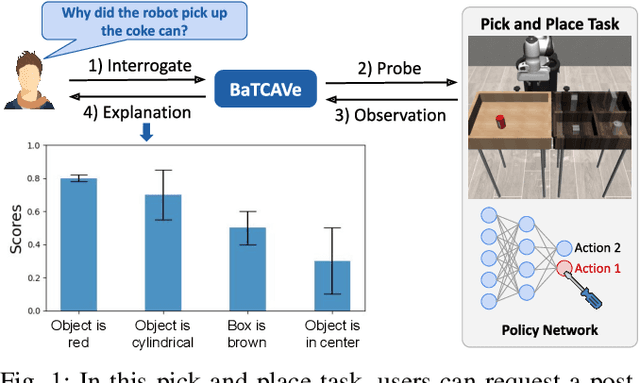

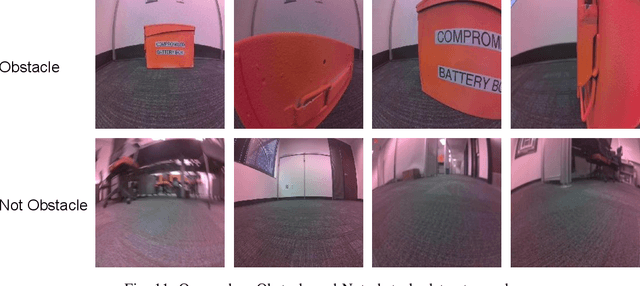
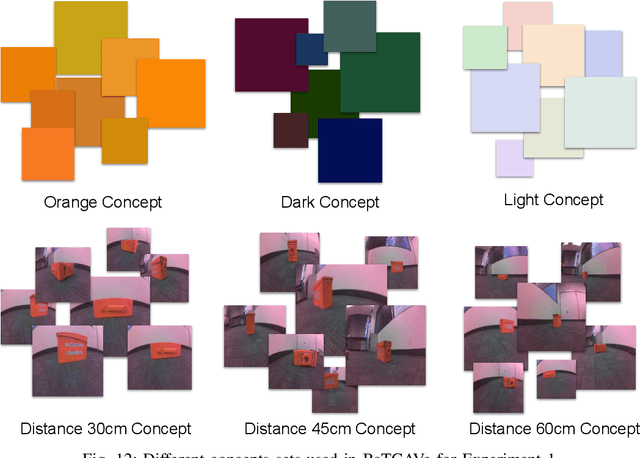
Abstract:Black box neural networks are an indispensable part of modern robots. Nevertheless, deploying such high-stakes systems in real-world scenarios poses significant challenges when the stakeholders, such as engineers and legislative bodies, lack insights into the neural networks' decision-making process. Presently, explainable AI is primarily tailored to natural language processing and computer vision, falling short in two critical aspects when applied in robots: grounding in decision-making tasks and the ability to assess trustworthiness of their explanations. In this paper, we introduce a trustworthy explainable robotics technique based on human-interpretable, high-level concepts that attribute to the decisions made by the neural network. Our proposed technique provides explanations with associated uncertainty scores by matching neural network's activations with human-interpretable visualizations. To validate our approach, we conducted a series of experiments with various simulated and real-world robot decision-making models, demonstrating the effectiveness of the proposed approach as a post-hoc, human-friendly robot learning diagnostic tool.
Explainable Concept Generation through Vision-Language Preference Learning
Aug 24, 2024Abstract:Concept-based explanations have become a popular choice for explaining deep neural networks post-hoc because, unlike most other explainable AI techniques, they can be used to test high-level visual "concepts" that are not directly related to feature attributes. For instance, the concept of "stripes" is important to classify an image as a zebra. Concept-based explanation methods, however, require practitioners to guess and collect multiple candidate concept image sets, which can often be imprecise and labor-intensive. Addressing this limitation, in this paper, we frame concept image set creation as an image generation problem. However, since naively using a generative model does not result in meaningful concepts, we devise a reinforcement learning-based preference optimization algorithm that fine-tunes the vision-language generative model from approximate textual descriptions of concepts. Through a series of experiments, we demonstrate the capability of our method to articulate complex, abstract concepts that are otherwise challenging to craft manually. In addition to showing the efficacy and reliability of our method, we show how our method can be used as a diagnostic tool for analyzing neural networks.
 Add to Chrome
Add to Chrome Add to Firefox
Add to Firefox Add to Edge
Add to Edge